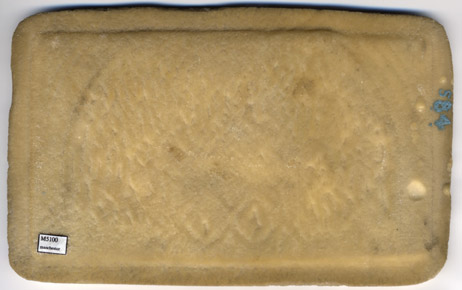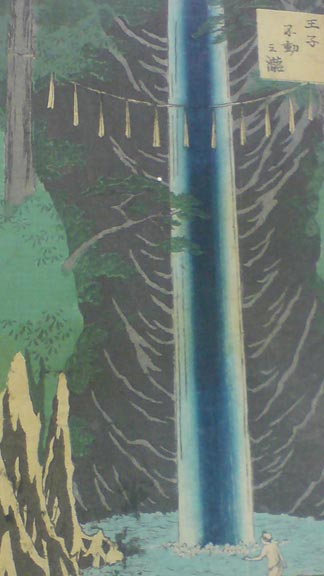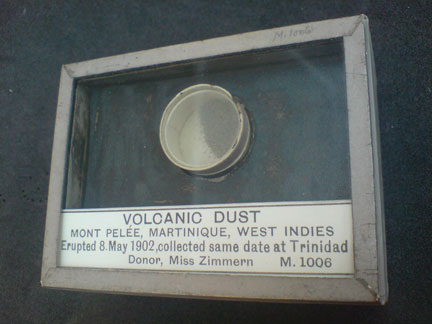PHYSICAL GEOLOGY
Manchester Museum
March 15th - June 1st, 2008
From slow time in caves to fast time in lava flows.
|
Please explain this impulse to me - attempting physical contact with geological time. Recently, I have been spending time in the ‘oddities’ drawer of the geology department at the Manchester Museum. In it, I came upon a very fine collection from Mount Vesuvius of lava medallions - magma pressed between forged steel plates to form an imprint. Imagine a waffle iron that makes use of lava instead of pancake batter. In the same drawer, a small stone relief sculpture which appeared to be carved out of pure white alabaster was in fact revealed to be a limestone cast made through the same process which forms stalactites in a cave – the residue of a high velocity calcifying process. I have been thinking about physical geological time – the fast moving lava flow vs. slow time inside a cave. The impulse to understand geothermal water through boiling milk in a 100 degree Celsius sulphur spring in the crater of an active volcano. I spoke with a paleontologist who told me a fossil is the presentation of the moment of death, that trace fossils record an action - eating or walking, but not the organism itself. Jim said to me, a volcano buries itself. It perpetually erases its own history. A volcanologist explained the nature of love to me. He said, you love what you get to know, what you pay attention to and therefore become more aware of. This is not a passive form of love. This is how I feel about the volcano. |


two views of a limestone cave cast


the desire for self-calcification


lava medallions from mount vesuvius


a lava jesus and scoria from mount etna

1906 eruption of mount vesuvius



the tower of pelee by angelo heilprin. 1902


a petrified birds nest, a trace fossil (footprint)

![]()